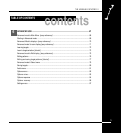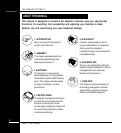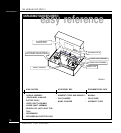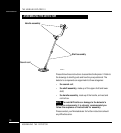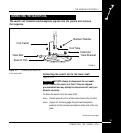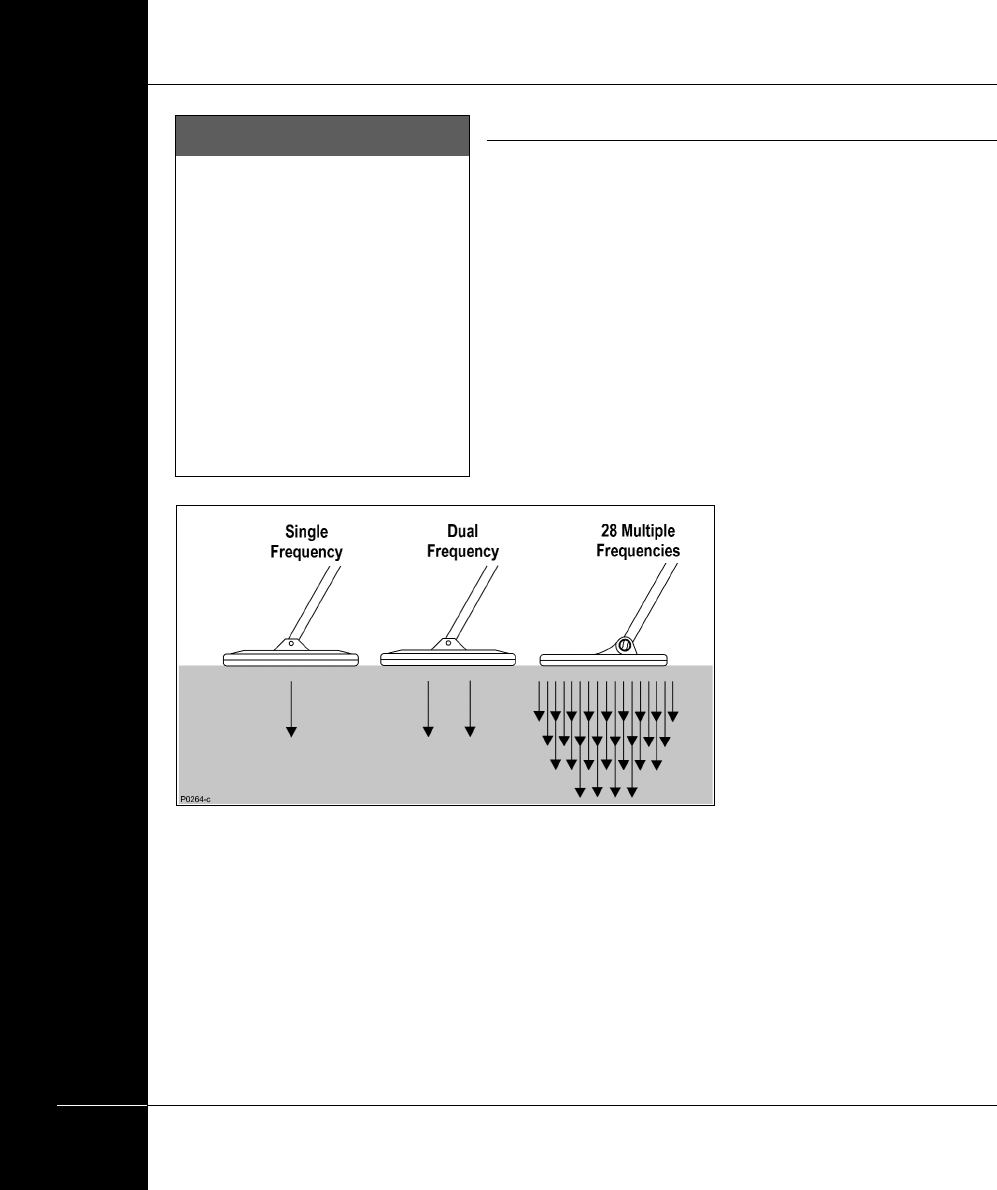
THE MINELAB EXPLORER II
12
www.minelab.com
Full Band Spectrum (FBS)
When developing Full Band Spectrum (FBS) technology, Minelab’s
scientists looked at improving the already successful Broad Band
Spectrum (BBS) technology used in previous Minelab detectors.
Discussions with seasoned treasure hunters from around the world
identified a number of possible enhancements for operators. The
improvements to the Explorer II detectors include:
• increased detection depth;
• accurate identification of targets to greater depth;
• enhanced detection of desired targets amidst iron trash;
• adjustments to improve operation for searching salt-water
beaches.
Most detectors on the market
operate on a single (or dual)
frequency, ranging from 1 to 70
kilohertz (kHz). Although this
technology has served the industry
well for years, Minelab’s scientists
found that a frequency that worked
well in one area would often offer
only marginal performance when
used in another location. Ground
mineralisation, trash content, and
target size all had an effect on how
effective a detector transmitting a single frequency would operate.
Full Band Spectrum technology combines Minelab’s existing multiple
frequency BBS technology with a powerful new microprocessor to
give:
• greater detecting depth;
• consistent sensitivity over a wide range of targets;
• less interference from electromagnetic sources;
• more accurate identification of target characteristics.
MINELAB’S UNIQUE TECHNOLOGY
Discrimination
Discrimination is the ability of a
metal detector to identify the user’s
desired target (e.g. jewelry) and
eliminate signals from undesirable
material (e.g. nails).
The Explorer II can be programmed
in a number of ways to discriminate
against unwanted targets in different
types of ground.
Figure 1.3. Metal detector comparisons




